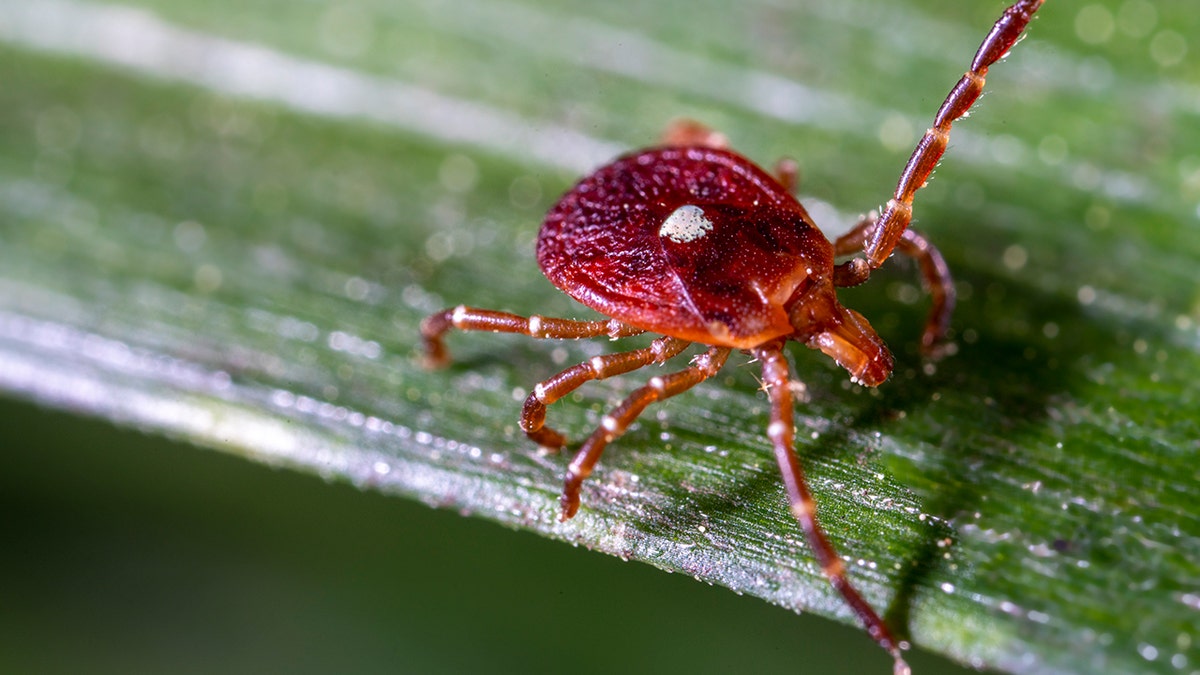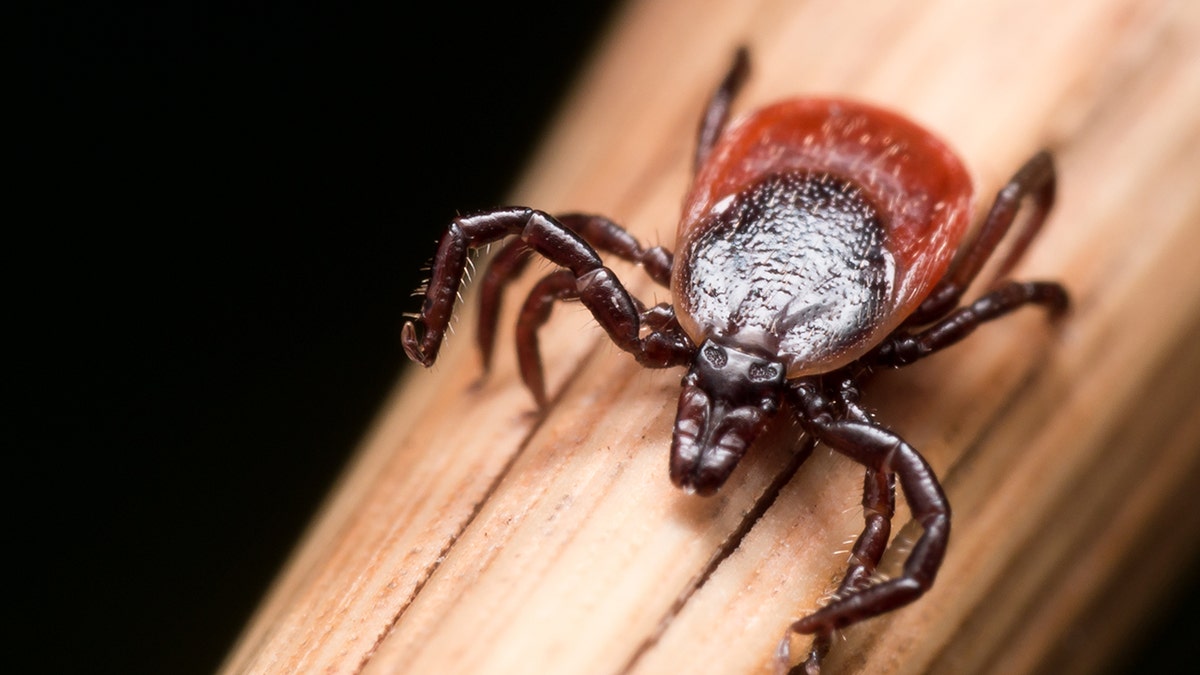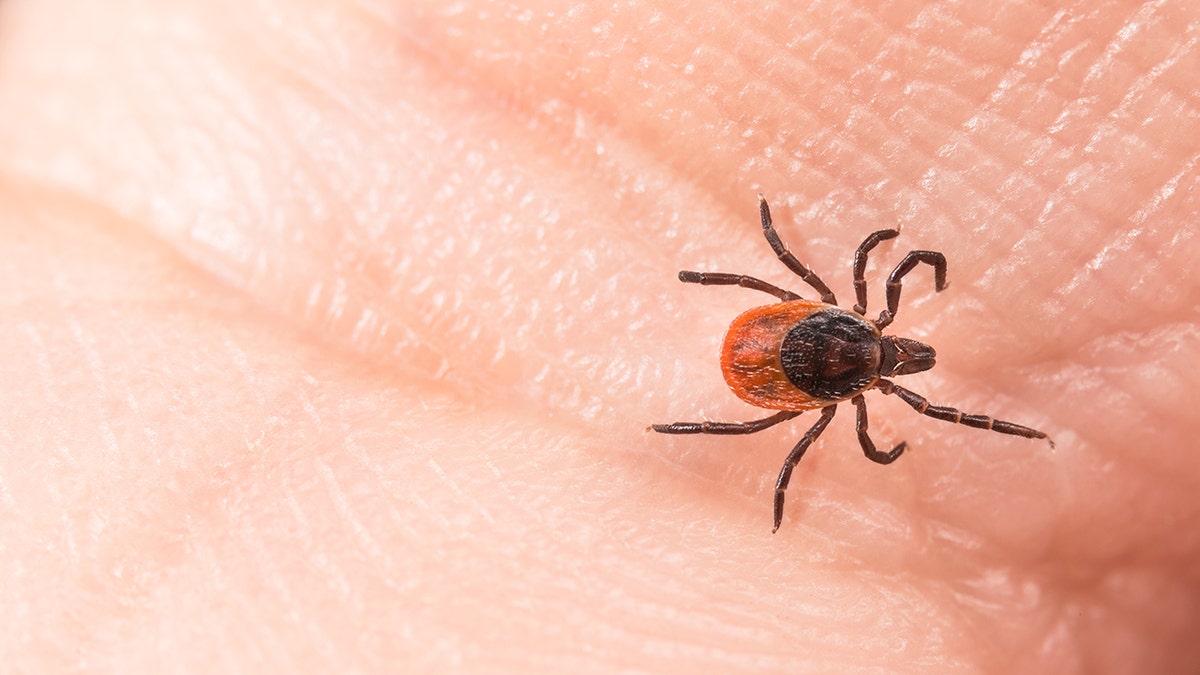NEWYou can now listen to Fox News articles!
Ticks are spreading outside their comfort zone – and into ours, according to experts.
As cooler regions experience milder winters, those areas are becoming more hospitable to many tick species, Bob Hottel, an entomologist with Orkin, the pest control company, told Fox News Digital. This is because ticks prefer warmer climates.
While the insects previously would go dormant in the cold — leaving them unable to travel very far — they're now able to stay active longer, clinging to hosts that carry them outside their typical regions.
INVASIVE PESTS COULD STAGE DRAMATIC COMEBACK THIS SUMMER, EXPERTS WARN
In recent years, experts at Binghamton University Tick-borne Disease Center in New York have reported that tick-borne illnesses - typically confined to specific regions – are beginning to show up in other parts of the country.
"Deer ticks are active any time it’s over 39 degrees, so we have a lot longer active periods for ticks now, unfortunately," Yetrib Hathout, professor of pharmaceutical sciences and director of the tick-born disease center, told Binghamton University previously.

"Deer ticks are active any time it’s over 39 degrees, so we have a lot longer active periods for ticks now, unfortunately," said one expert. (iStock)
The number of concerning tick species has risen from one to five in the last 15 years, according to experts at Ohio State University.
Given the spread of ticks, Ohio State University’s Buckeye Tick Test Lab is now identifying "the most dangerous ticks that spread diseases."
DANGEROUS FUNGUS COULD SPREAD TO PARTS OF US, RESEARCHERS CLAIM
Hottel of Orkin said it’s important for people to stay vigilant as they're frequently outdoors at this time of year.
He said people need to exercise caution regarding certain species, the bites they can deliver and the disease they can cause.
"Tick surveillance and tick screening are important."
The blacklegged tick (or deer tick) is best known for transmitting Lyme disease, especially in the Northeast, Midwest, and Appalachian regions.
While many people are aware of Lyme disease carried by the deer tick, fewer are aware of other dangerous diseases such as alpha-gal syndrome, which is spread by the lone star tick; it can trigger an allergy to red meat.

Close-up photo of an adult female deer tick crawling on a piece of straw. While many people are aware of Lyme disease, carried by the deer tick, fewer are aware of other dangerous diseases such as alpha-gal syndrome, which is spread by the lone star tick. It can trigger an allergy to red meat. (iStock)
The American dog tick, found mostly east of the Rockies, can spread Rocky Mountain spotted fever, tularemia, and even cause tick paralysis.
Its cousin, the Rocky Mountain wood tick, poses similar risks in high-elevation areas of the Rockies.
"Some of the pathogens that are only found in the South, like the Rickettsia species that causes spotted fever, are migrating up north," according to Hathout.
AMERICA'S SECOND-LARGEST CICADA SWARM IS ABOUT TO EMERGE ACROSS THE EAST COAST
"That’s why tick surveillance and tick screening for other things are important. And I think it’s important to do it regularly."
Hottel told Fox News Digital, "Awareness is the first step in protecting yourself from tick-borne illness."

Smart steps to take for disease prevention in warm weather areas, say experts, include wearing long clothing, using tick repellents and checking for ticks after outdoor activity. (iStock)
Among the precautionary steps to take, say experts: Wear long clothing, use tick repellents and check for ticks after outdoor activity.
Knowing which species to watch for can also help prevent serious tick-borne illness.
For more Lifestyle articles, visit foxnews.com/lifestyle
"Another reason for the spread of ticks is the expansion of human developments into wildlife habitats, which helps ticks more easily find human hosts," said Hottel.
Ticks find their hosts by detecting animals’ breath and body odors, or by sensing body heat, moisture and vibrations, according to the Center for Disease Control (CDC).

Another reason for ticks' spread is the expansion of human developments into wildlife habitats, which helps ticks more easily find human hosts. (iStock)
"Some species can even recognize a shadow," the CDC site says.
CLICK HERE TO SIGN UP FOR OUR LIFESTYLE NEWSLETTER
In addition, ticks pick a place to wait by identifying well-used paths.
Then they wait for a host, resting on the tips of grasses and shrubs.
CLICK HERE TO GET THE FOX NEWS APP
Ticks can't fly or jump — but many tick species wait in this position known as "questing."
Khloe Quill is a lifestyle production assistant with Fox News Digital. She and the lifestyle team cover a range of story topics including food and drink, travel, and health.













